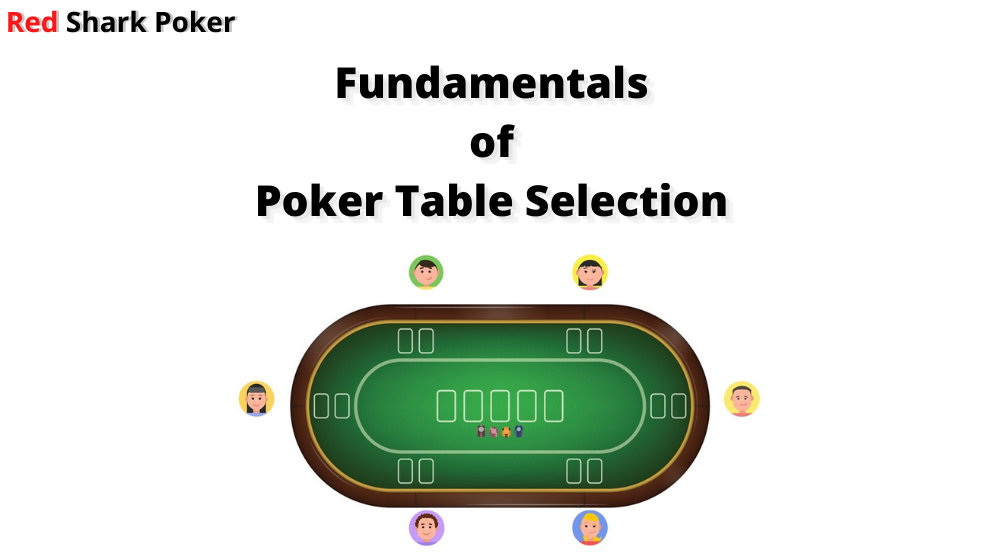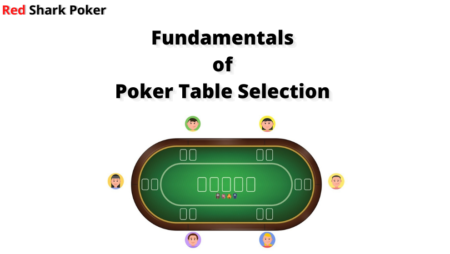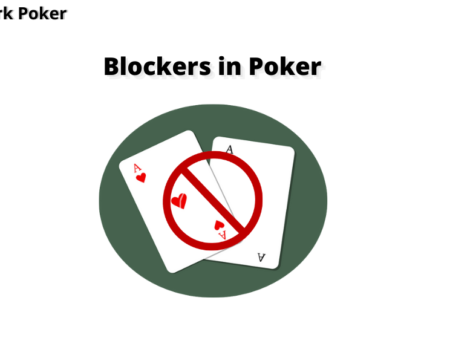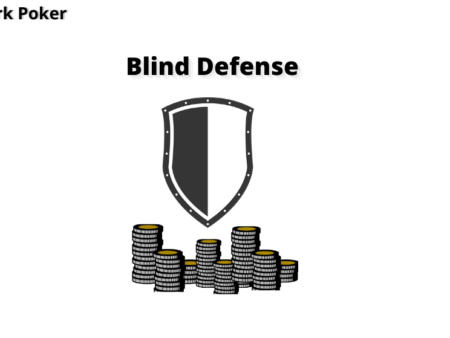

Poker table selection is like preparing for an exam. If you are well-prepared, you will pass the exam with flying colours. Similarly, if you prepare well and choose the right table, you are most likely to win big!
Selecting the right table gives you a good head start. When you analyze all the factors before choosing the poker table, you have a lot of information on the bet sizing and the type of opponents at the table before taking a seat. Such information will give you great insights even before the game begins.
Let us see what factors you need to consider before selecting your poker table.
Poker Site Selection
Before we talk about poker table selection, you need to find the best poker site! There may be hundreds of online poker sites in the market, but only a few poker sites offer trusted and enhanced gaming experience. Do not waste a single penny by depositing on sub-standard poker sites. Pick the website that has useful game features, certified RNG, reliable customer support, best bonuses, fast withdrawal services, etc. If you are having difficulty in finding the best online poker site, click on the link below.
Click Here: List of Best Online Poker Sites
Lobby Analysis
Most of the poker sites offer a snippet of the poker rooms in the lobby, which helps in the poker table selection. When you select a table, you can view many stats like the number of players with their corresponding stack size, average pot size, number of players per flop, etc. Analyze each of the stats available on the site before taking a seat at the table.
Average Pot Size
This will give you a general idea of the bet sizing at the tables. If the average pot size is large, it means that players are betting more in the last few hands. It might also indicate that there are loose-passive players (fish) at the tables who are calling big bets of aggressive players. Check the pot size and ask yourself if you are comfortable calling or raising with such bet sizes.
Average Stack Size
Check the stack sizes of the players in the lobby. Always enter with a starting stack that corresponds to the average stack size. For example, if all the players in a 6-max have an average of 80+ big blinds, join the table with a full stack of 100 big blinds. Don’t enter with a small stack as you might get bullied with huge raises by the big stacks.
Average Number of Players Per Flop
A few poker sites have these stats in the lobby. If your poker site has these stats, analyze them well before selecting a table. These numbers tell you if the players are playing in a tight or loose way. If the stats are high, then you can assume that players are loose, and they are playing a lot of hands. Thus, they are weak players who are playing with a wide range of starting hands. On the other hand, if the stats are low, you can assume that the table is filled with tight players who enter the pot with strong starting hands.
Poker Table Analysis
After you have made your poker table selection, don’t join the selected table right away. Be in the spectator mode and observe the players for a few minutes before taking a seat.
Preflop Raise Size
Observe the average raise and 3 bet (re-raise) sizes on the preflop. See what’s the usual raise size on the preflop. Is it 2X or 3X the big blind? What’s the 3 bet size? Once you observe the preflop aggression, ask yourself if you are comfortable calling or raising with the size of preflop bet.
Spot the TAGs, LAGs and Fish
After a few minutes of observation, you can easily spot who’s the fish and who’s the shark. The players who are playing a lot and mostly calling on the preflop are the fish; the players who are playing a lot but mostly raising on the preflop are the LAGs, and the players who are playing less but when they play then enter with a preflop raise are the TAGs. Have a well-planned poker strategy on how to play against them before you take a seat.
Player Analysis
As mentioned above, take a few minutes to observe before taking a seat to identify the type of players you are up against. You need to observe more and find the answers to the following questions while playing with them.
What are the Starting Stacks?
Some of the poker sites show the player stats that display the player’s starting stack with their profits and losses. If your poker site doesn’t have this feature, notice the starting stack of a new player who joins the table. If a player is joining with a full stack of 100 big blinds, you can assume that he is a serious player who is looking to play for long hours. And, if a player is joining with a small stack, he is most likely to be a casual player who is looking to double his chips.
Also Read: Poker Stack Size Strategies for Beginners
Are They Posting Big Blinds Out of Position?
Serious players always wait for the big blind to come around them when they join a table. They never waste a single big blind. So, if a player who just joined a table and posted a big blind out before his turn, he is most likely to be a novice who is restless and wants to start the game immediately. These players don’t have the patience to wait for the blinds to come and want to get in the action right away.
Are They Playing at Multiple Tables?
If a player is taking too long to respond during his turn, just go to the lobby and check if that player is playing at other tables. If he is playing, he is most likely to be a professional player who multi-tables. Such players have a tight-aggressive style, and they raise preflop only if they have a strong hand. They fold most of the hands as they are multi-tabling and don’t have a lot of time to respond. It is easier to bluff against these players if they call on the preflop. If the flop is a dry board with no high cards, you can easily bluff and force them to fold.
What are Their Player Status?
Most of the online sites show the status of its players according to their loyalty points. Different sites have different tags for their status. If your opponent ranks high in his status, you are up against an experienced player who has played thousands of hands at the site. Play carefully against these players and engage with optimal strategies.
Are You Up Against a Winning or Losing Player?
This is a secret poker strategy that you can use to find out if your opponent is an overall winning or losing player. You can do an in-depth research on Sharkscope.com. Just enter the username of your opponent and the name of your poker site. Sharkscope will show you his profit history, ROI, winning days, losing days and a lot of other statistics. This will give you the history of wins and losses of your opponent. Click on the link to view the stats: https://www.sharkscope.com/.
When to Play Poker?
After you have made your poker table selection, it is equally important to know when to play poker. Setting a particular time table for playing poker is as important as table selection.
Weekdays or Weekends
You will obviously see more tables getting filled up on the weekends. You can expect to see a lot of fish at the tables who play casually to have fun and earn a few bucks. You should prey on these fish who are probably drinking and playing poker at the same time. On the other hand, you may expect to see more professionals at the tables during the weekdays. Weekends or weekdays, these professional players are available online throughout the day, seven days a week.
Which Hours?
There is no fixed answer to this question. It entirely depends on your lifestyle. If you have a job, you don’t have many options. It is mostly in the evenings after you come back from work. However, make sure to relax and take some rest before you play. If you are a professional poker player, you can play anytime. You should have a proper time table where you have allotted a fixed number of hours for grinding, post-session analysis and studying. Have a balanced lifestyle, and don’t exert yourself too much by playing poker.
Conclusion
Whether it’s stock market or fantasy sports, it is always better to have all the information before putting your money at stake. If you don’t do research and have the right information, you might lose all of your money. The same applies in poker. The tables shouldn’t be unknown territories. Gather all the information on your opponents and their bet sizing so that you can stay ahead in the game. Remember, a little information is a dangerous thing. So, play it safe with the right set of information!




